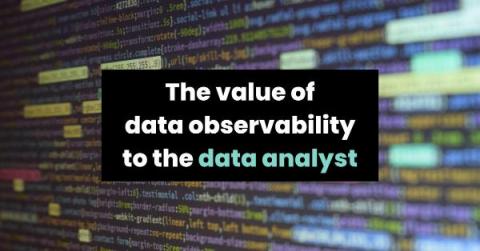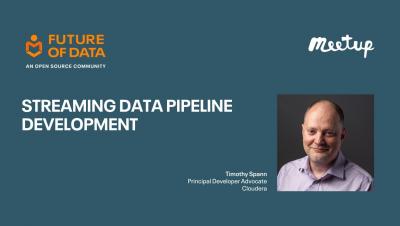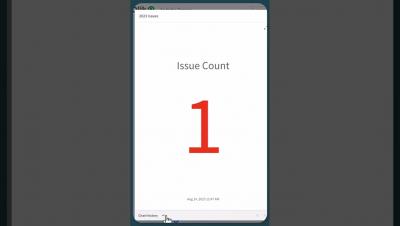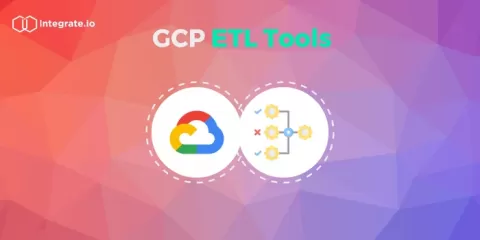Systems | Development | Analytics | API | Testing
Analytics
The value of data observability to the data analyst
At the beginning of my career as a data analyst, I had to rely on other team members when something went wrong in our data pipeline, often only finding out about it after the event. That experience was one of the driving factors for me to join Kensu. When I spoke with the team for the first time, I had that “lightbulb moment”: data observability is a way of providing help to various data team members, including data analysts, in making their lives more productive and less painful.
Incorvus partners with Yellowfin to democratise analytics capability, enhanced by expert data-centric consultancy
Streaming Data Pipeline Development
#shorts - #tipsandtricks Answers Front and Center with Chart Monitoring
BigQuery now supports manifest files for querying open table formats
Read about how BigQuery now allows you to use manifest files for querying open table formats.
Unlocking Success with FinOps: Top Insights from Expert Virtual Event
The data landscape is constantly evolving, and with it come new challenges and opportunities for data teams. While generative AI and large language models (LLMs) seem to be all everyone is talking about, they are just the latest manifestation of a trend that has been evolving over the past several years: organizations tapping into petabyte-scale data volumes and running increasingly massive data pipelines to deliver ever more data analytics projects and AI/ML models.
Announcing Unravel 4.8.1: Maximize business value with Google Cloud BigQuery Editions pricing
Google recently introduced significant changes to its existing BigQuery pricing models, affecting both compute and storage. They announced the end of sale for flat-rate and flex slots for all BigQuery customers not currently in a contract. Google announced an increase to the price of on-demand analysis by 25% across all regions, starting on July 5, 2023.
Harnessing Google Cloud BigQuery for Speed and Scale: Data Observability, FinOps, and Beyond
Data is a powerful force that can generate business value with immense potential for businesses and organizations across industries. Leveraging data and analytics has become a critical factor for successful digital transformation that can accelerate revenue growth and AI innovation.









